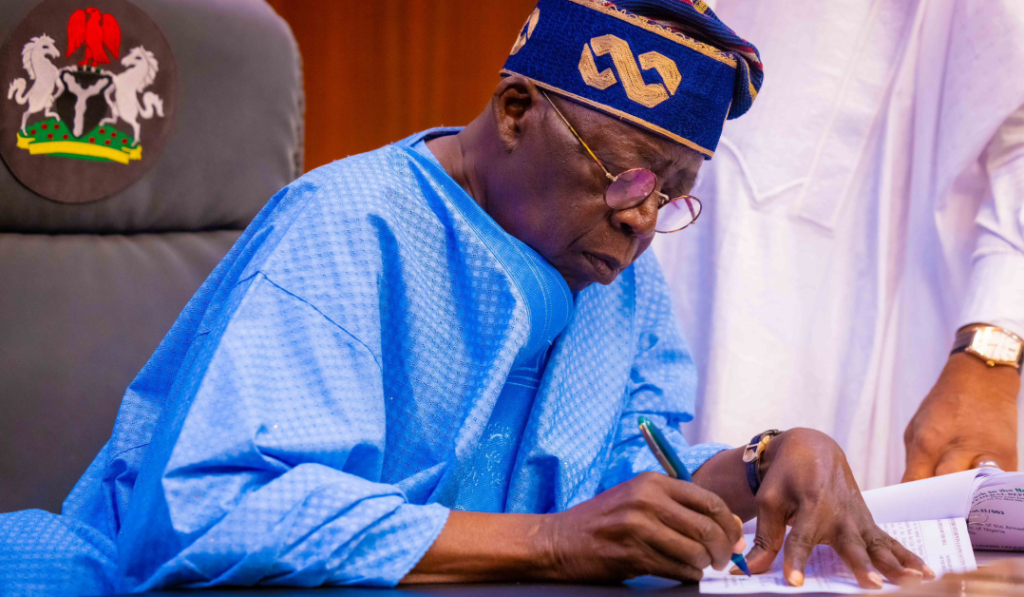In Beijing this week, the tenth anniversary of China’s Belt and Road Initiative (BRI) will be commemorated at a forum, shedding light on this often-discussed model for economic development.
Prominent signs bearing the title “The Third Belt and Road Forum for International Cooperation” adorn a bustling street in Beijing, with previous forums having taken place in 2017 and 2019.
Championed by China’s President Xi Jinping, the BRI has provided funding for numerous global infrastructure projects, spanning ports, power plants, and railways. However, the initiative has faced criticism for its loan-based approach to developing nations, often resulting in substantial debt burdens.
Wang Yiwei, Director of the Institute of International Affairs at China’s Renmin University, contends that the BRI promotes a collaborative approach to development, offering partner nations pathways to modernization.
Recent developments, such as the launch of Southeast Asia’s first high-speed railway in Indonesia earlier this month, highlight the mixed reception of the BRI. While the 142-kilometer railway substantially reduces travel time between Jakarta and Bandung, it faced delays, escalating costs, and disputes related to land acquisition, environmental concerns, and the COVID-19 pandemic. The initially estimated cost of 66.7 trillion rupiah ($4.3 billion USD) soared to 113 trillion rupiah ($7.3 billion USD).
Similarly, the $5.9 billion Chinese-built railway connecting Laos’ capital, Vientiane, to the southern Chinese city of Kunming started operations in 2021, with over 60% of the investment being borrowed, an unusually high percentage for an infrastructure project, according to foreign experts. This has led some to perceive the initiative as a “debt trap.”
Chinese contractors are also working on a high-speed rail line from Bangkok to the Laos border, expected to be operational by 2028.
An example of a debt-related issue emerged earlier this year when a power plant in Jordan, once hailed as a groundbreaking project for the country’s energy needs, turned sour. Jordan is now embroiled in an international legal dispute and grappling with billions of dollars in debt to China for a plant that is no longer necessary due to subsequent energy agreements.
Given the complexities in a world marked by ongoing conflicts, a “risk prevention” approach will be vital for the future of the Belt and Road Initiative. The Belt and Road Initiative Forum is set to commence on October 18.







